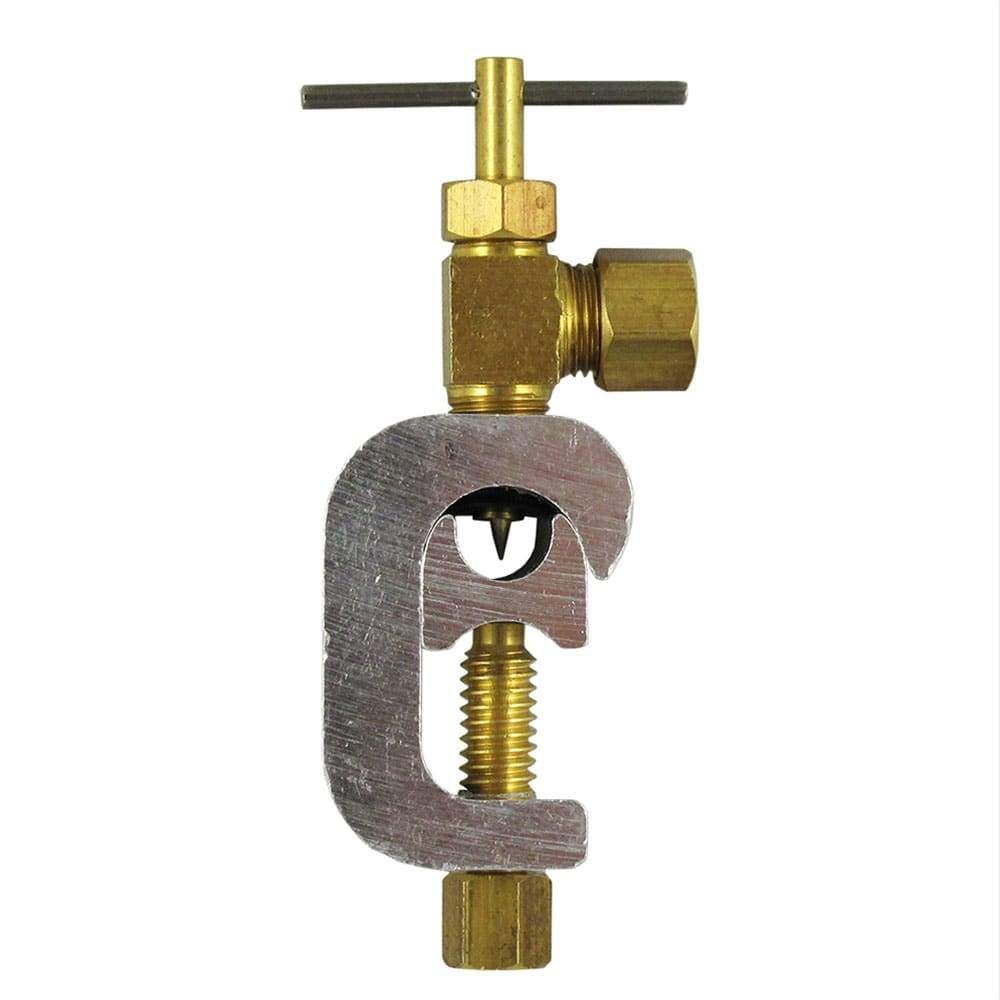Product added to cart
- Home
- Pure Water Blog
- How to Connect a RO System in Your Home: Step-by-Step Guide
How to Connect a RO System in Your Home: Step-by-Step Guide
Installing a reverse osmosis (RO) system in your home is an excellent way to ensure that you have access to clean, filtered water. Not only can it remove impurities and contaminants, but it can also improve the taste and odor of your drinking water. However, connecting a RO system to your home can be a daunting task, especially if you're not familiar with plumbing and installation. In this blog post, we'll guide you through the process of connecting a RO system in your home step-by-step.
Step 1: Choose a Location The first step in connecting a RO system in your home is to choose a location. You'll want to choose a location that is easily accessible and has enough space for the system. Keep in mind that the system will need to be connected to your water supply, so you'll want to choose a location that is close to your main water line. It is also important that your RO system is kept out of direct sunlight and in a position where it will not be subjected to extreme hot or cold temperatures.
Step 2: Install a Cold Water Line Next, you'll need to install a cold water line. This line will connect the RO system to your main water supply. You'll need to turn off your main water supply before you begin this step.
Once the water is off, you'll need to cut into the cold water line and install either a self-piercing clamp or a hose connector. The water supply connection will allow you to divert water to the RO system.
Step 3: Connect the Drain Line The drain line is an essential component of a RO system. It helps to remove the impurities and contaminants from the water. To connect the drain line, you'll need to install a drain saddle on your main drain line. The drain saddle will allow you to connect the drain line from the RO system to your main drain line.
Step 4: Install the RO System Once you have installed the cold water line and the drain line, you can install the RO system. Most RO systems come with a pre-filtration system, a reverse osmosis membrane, and a post-filtration system. You'll need to follow the manufacturer's instructions to install each component. All Osmotics RO Systems come complete with a comprehensive instruction manual and round-the-clock support. You can download our instruction manuals from the product pages by clicking on the 'product downloads' tab.
Step 5: Test the System After you've installed the RO system, you'll want to test it to make sure it's working correctly. Turn on the main water supply and let the system run for a few minutes. Check for any leaks or malfunctions. You may also want to test the water to make sure it's clean and filtered. In conclusion, installing a RO system in your home is a great way to improve the quality of your drinking water. By following these simple steps, you can connect a RO system to your home and enjoy clean, filtered water in no time.
Recent Posts
February 02, 2024
What's the Normal TDS for Drinking Water?
February 02, 2024
Unveiling the Most Accurate TDS Meter: Your Guide to Crystal-Clear Water Testing (2024 Update)
October 21, 2023
NPT vs. BSP Thread Types and Dimensions: A Comprehensive Guide
Archive
Tags
water purification
reverse osmosis
water filtration
water quality
drinking water
water contaminants
water treatment
clean water
RO system
water pressure
post-filter
safe drinking water
TDS meter
home water filtration
Total Dissolved Solids
clean drinking water
Water filtration systems
water filter
filter change
home appliances
household water
safe water
impurities
bacteria
pre-filter
filter efficiency
filter maintenance
filter replacement.
RO filters
sediment filter
carbon filter
reverse osmosis membrane
UV sterilization
waterborne pathogens
domestic reverse osmosis system
production rates
RO membrane
reverse osmosis systems
contaminants removal
fluoride removal
health
What filter removes 100% fluoride
How do you remove fluoride from tap water UK
Can fluoride be removed from tap water
How is fluoride removed
does boiling water remove fluoride
Fluoride removal from water
fluoride free water uk
fluoride removal filter
water filters that remove fluoride and chlorine uk

